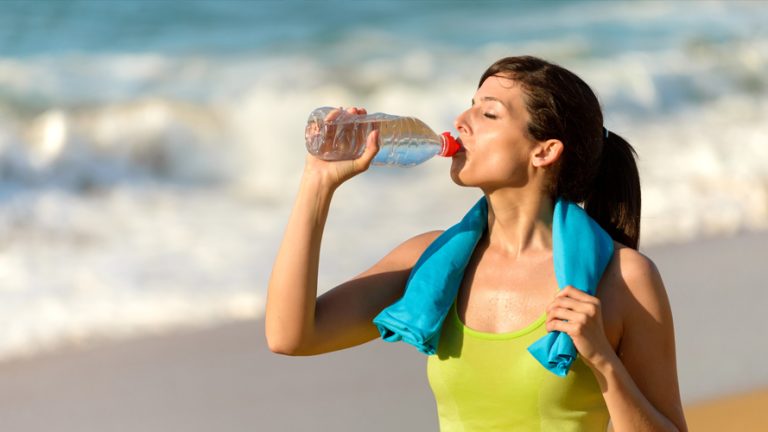Many women’s sports, compared to men’s sports are rarely broadcasted in the media
As the greatest show on earth – The Olympic Games – grips our attention once more, there is an increased focus on the way in which women are portrayed in the media. But what influence could the media portrayal of women have upon women participation in sport and exercise? This article will explore past research alongside dissertation findings.
Researches show that the media has the power to shape public beliefs and values. How the public view themselves and are viewed by others can be greatly determined by their media representation. According to many researches the way in which the media portrays women and its potential influence on women participation in sport and exercise, by conducting a focus group on women who reported regularly engaging in exercise, physical activity or sport.
Higgs, Weiller & Martin (2003) suggest that sports media can influence how people view sports participation, and that certain aspects of female sport are emphasised while other aspects are ignored. This effectively manipulates how spectators view women’s sport, and influences public opinion regarding athletes. In particular there is often a focus on women’s sex appeal and femininity rather than their athletic accomplishments. The ability of the media to pressure women into looking a certain way by publishing unrealistic images. As a result, self-objectification and psychological issues such as low self-esteem can plague the female audience.
Therefore, despite an ever-increasing view that sport is an appropriate pastime for women, perhaps an underlying message asserts that whilst competing, women must still conform to society’s view of femininity. Furthermore, manipulative media techniques may be found to influence female sport participation levels by portraying which sports are deemed gender appropriate. The survey, supports this by suggesting that female athletes who conform to the traditional ideas of femininity receive greater benefits than those who do not conform to societal norms. As an example, Anna Kournikova, despite never winning a major tennis tournament is worth more than any other tennis player past or present, due to endorsements based on her appearance rather than athletic skill.
Consequently, the lack of focus on health and fitness was also suggested as a demotivating factor in terms of women participation in sport and exercise. Participants particularly disliked the use of women’s bodies to sell products in a sexual manner. It was suggested that media of this nature would fail to engage with women by neglecting to exhibit their athletic abilities. Participants also highlighted that many females engage in sport and exercise in a non-sexualised manner and thus it is not necessary to sexualise physical activity to encourage participation. This promotes the view that the media portray an unrealistic view of women and thus contribute to a feeling of misunderstanding between women and the media. This may have implications for not only women in sport, but in their daily lives.
Contrastingly, alongside previous research, it suggested that media with an instrumental focus has the potential to influence sport and exercise participation. By promoting athleticism and the instrumental value of the female body, the capabilities of women participation in sport and exercise can be demonstrated, and women can be inspired to consider their own bodies instrumentally.
Images with an instrumental focus have also been found to result in less self-objectification and pressure upon women than sexualised images. Further, the demonstration of athleticism and health m ay encourage women to participate in physical activity to improve their own fitness levels without the pressure to conform to society’s unrealistic standards of physical appearance. These findings are consistent with Daniels’ (2012) proposal that images with an instrumental focus invoked admiration for athletes’ accomplishments, solidarity with other women and the athletes were also considered to be role models. Consequently, media is able to have a positive influence upon sport and exercise participation in women when emphasis is placed upon improving health and wellbeing.
The researcher suggested that a more realistic portrayal of women within the media by portraying a diverse range of women may serve to combat the issue of intimidation felt by women who may compare themselves with the models within sports campaigns. The realistic portrayal of women and female athletes could demonstrate the journey towards health and fitness and not only display the benefits of sport and exercise, but also the challenges. This may create more inclusive media campaigns that encourage and inspire women to participate in sport and exercise, contributing positively to psychological wellbeing and therefore the psychological state of the general public.





Add comment